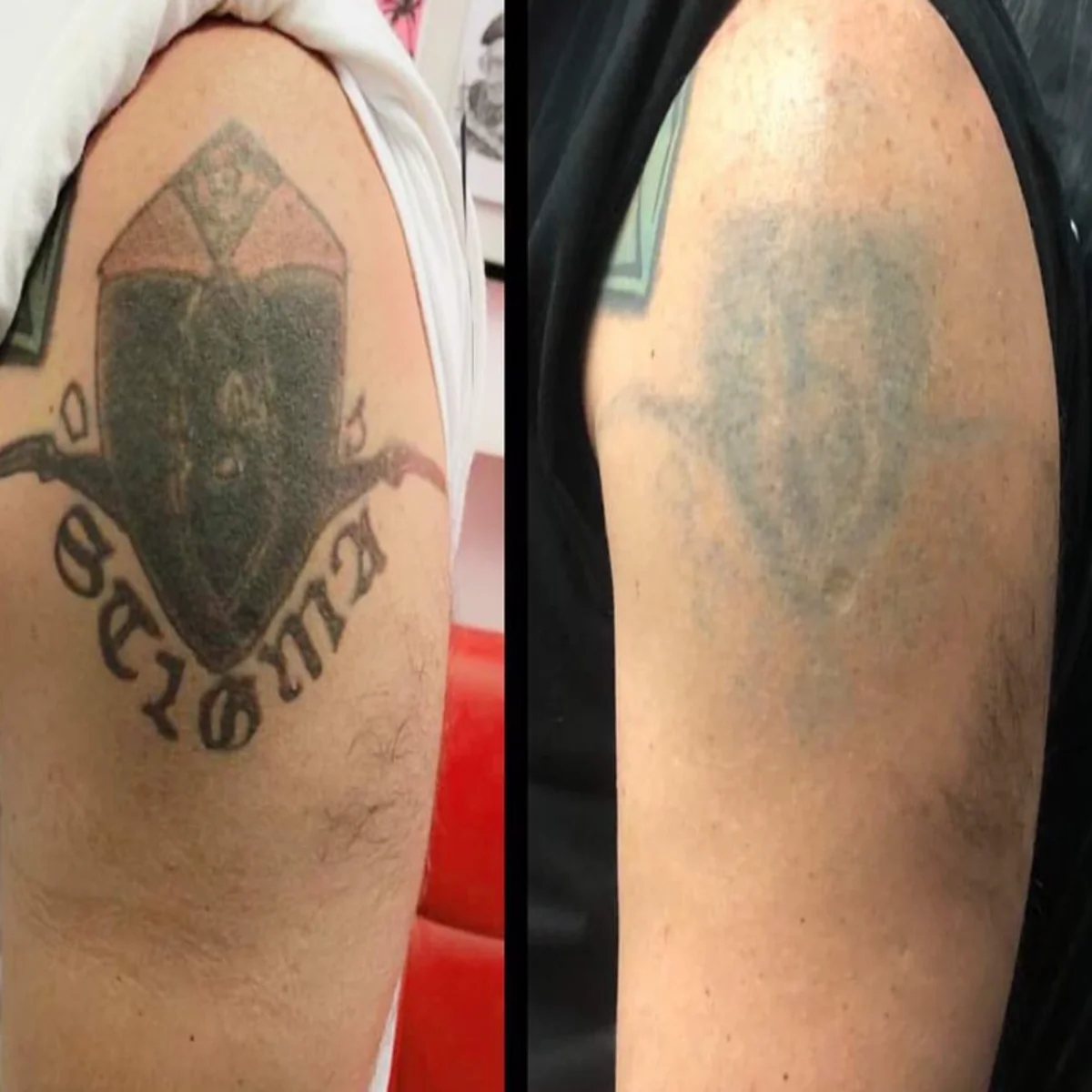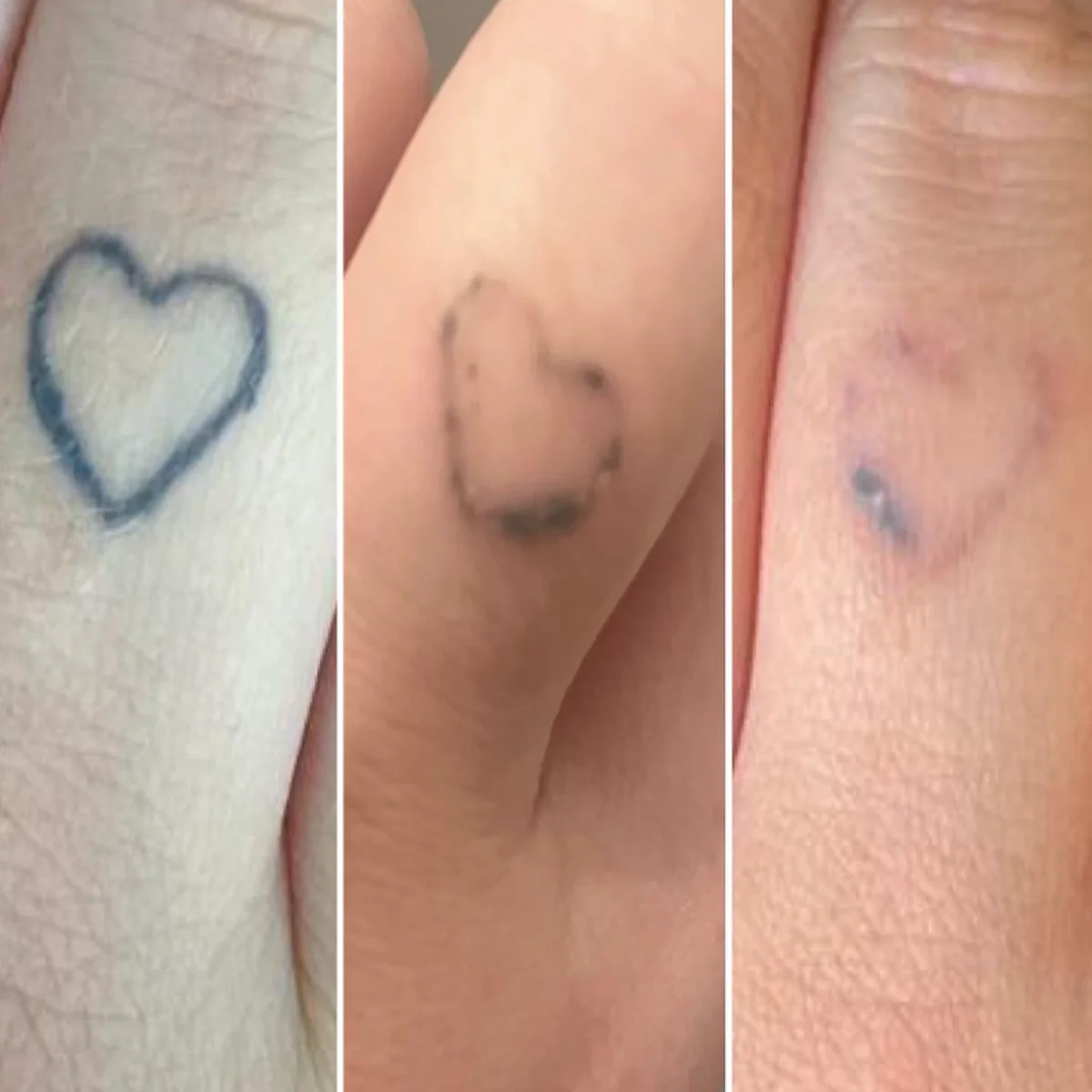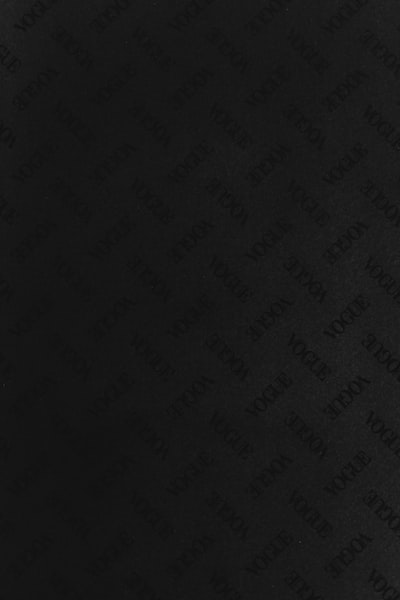What is tattoo removal?

A tattoo is a permanent body modification where an artist injects inks and pigments (dyes) into your skin. Tattoo removal is a procedure to remove this permanent ink from your body. Normally, your immune system works to remove foreign particles from your body, but ink particles are too big for your immune system to remove, which is why they're permanent. Melbourne tattoo removal can be a complex process that can take several sessions. This happens because permanent ink granules from professional tattoos exist below your skin's surface.
There are several tattoo removal options, the most common being laser tattoo removal. If you're interested in removing an unwanted tattoo, talk to a healthcare provider or a dermatologist to see what your options are for removing it.
How does tattoo removal work?
Each type of tattoo removal works differently. Tattoo removal aims to break down permanent ink particles into smaller particles that your immune system can safely remove from your body. This is how laser tattoo removal and tattoo removal creams function with a lower risk of scarring. Dermabrasion, chemical peels, and surgical excisions focus on removing skin or layers of skin with permanent tattoo ink particles. This allows your skin to heal around where a tattoo used to be to make it look like the tattoo was never there in the first place. This usually causes scarring.
Does tattoo removal hurt?
Depending on what type of tattoo removal you choose, there may be varying levels of pain or discomfort. Some people say that removal feels the same as getting, while others liken it to the feeling of a rubber band being snapped against their skin. Your skin may be sore after the procedure.
Specific procedures are painful, so your surgeon may give you general anesthesia, or a dermatologist may apply a topical or local anesthetic to your skin.
Who is eligible for tattoo removal?
You might be suitable for tattoo removal if you:
- Possess a tattoo that you wish to have removed.
- Are in good health.
- Do not smoke.
- Have realistic expectations regarding the procedure.
- Understand the risks and potential side effects of the treatment.
Why do individuals opt for tattoo removal?
Individuals have their unique reasons for opting to remove. Some of the most common motives include:
- You no longer find your tattoo appealing.
- Your occupation prohibits visible tattoos.
- Your tattoo is a reminder of someone or something that negatively influenced your life.
Details of the Procedure
What are the different methods of tattoo removal?
There are various methods of tattoo removal available, including:
- Laser tattoo removal: This method uses focused beams of light directed onto the skin to heat up and break down the ink particles into smaller fragments, which are more accessible for the immune system to eliminate. Multiple sessions of laser therapy may be required to remove a tattoo.
- Dermabrasion: This surgical procedure involves using a unique tool to remove the outer layers of skin containing the tattoo ink. You will need either a local or general anesthetic for this procedure. Post-procedure, you will have an open wound that needs to heal.
- Chemical peels: This method involves the application of chemicals like trichloroacetic acid to the skin to remove permanent ink. The chemicals cause the outer layers of the skin to peel.
- Surgical excision: This surgical method involves cutting out the skin containing the tattoo. The surgeon will then stitch the remaining skin together. This method is suitable for small tattoos but inadequate for large tattoos.
- Melbourne tattoo removal creams: While available, tattoo removal creams are less effective than other methods. These creams can be applied at home and typically contain acids that may irritate or damage the skin. Results from tattoo removal creams are gradual and may take several months of regular use.
What is the process of a laser tattoo removal procedure?
Before the procedure, you will consult a trained, certified physician who will evaluate your situation and explain the process. They will assess your skin and may inquire about the following:
- The age of your tattoo.
- Any previous tattoo removal procedures.
- Whether an amateur or a professional applied the tattoo.tattoo removal
Your provider will also measure the size of your tattoo and may take a photo to document the results of your procedure. They will then devise a treatment plan based on the type and colour of the ink in the tattoo and the depth of the tattoo pigment in your body.
During a laser tattoo removal procedure, you can expect the following:
- You will wear protective eye shields.
- A test will be conducted on your skin's reaction to the laser to determine the most effective energy for treatment.
- The treatment involves placing a handpiece against your skin and activating the laser light pulsingly over the tattoo.
- Smaller tattoos require fewer pulses, while larger ones require more. In either case, multiple treatment sessions are necessary. The tattoo should become progressively lighter after each session.
After each session, your healthcare provider will provide instructions on how to care for your skin.

Why does laser tattoo removal require multiple sessions?
Laser tattoo removal necessitates multiple sessions because the ink used in tattoos is applied in layers. Lasers break down the ink pigment into smaller particles, which the body eliminates over time. Between sessions, your body needs time to flush out the ink, and your skin needs time to heal. Laser treatments can sometimes cause swelling, blistering, and temporary changes in skin colour. In some cases, superficial scarring may occur, or the skin may be permanently discoloured.
Will laser tattoo removal eliminate my tattoo?
The effectiveness of laser tattoo removal varies from person to person. It is typical for the removal process not entirely to erase a tattoo. In some cases, however, the procedure may successfully remove the tattoo entirely. Factors that can affect removal success include the resistance of specific tattoo dye colours and the depth of the pigment, which may be beyond the reach of lasers. Exact colours, such as blue and black, are more receptive to laser treatment due to their better light absorption.
Can I remove a tattoo at home?
Healthcare providers generally do not recommend at-home tattoo removal methods, as they can damage the skin or cause infections.
Tattoo removal creams are one type of at-home treatment. These creams claim to break down the ink particles in the skin using solid chemicals. However, the effectiveness of these creams varies, and skin irritation is a common side effect.
Salabrasion, another at-home method, involves aggressively rubbing salt on the skin's top layers. This can be painful and may lead to infections.
For safe tattoo removal, it is best to consult a healthcare provider or dermatologist rather than attempting home remedies.
How do I find a doctor for tattoo removal?
If you are considering tattoo removal, consult a primary care provider. They may be able to recommend a dermatologist or surgeon who specializes in the procedure. As there are various tattoo removal methods, you might want to consult a surgeon and a dermatologist to discuss the most suitable method.
How long does tattoo removal take?
The duration of tattoo removal depends on the method used and the tattoo's size, colour, and location. Laser tattoo removal can take just a few minutes per session, while surgical excision may take a few hours. Multiple sessions are often required, especially with laser tattoo removal. It can take six to twelve sessions, or sometimes more, to see results.
How should I care for my skin after tattoo removal?
Your healthcare provider or surgeon will provide detailed instructions for skin care following a tattoo removal procedure.
Immediately after the treatment, you can use an ice pack to soothe the treated area. You may be advised to apply a topical antibiotic cream or ointment to your skin, and a bandage should be used to protect the site.
You can shower the following day but avoid scrubbing the treated area. Covering the area with sunscreen when exposed to sunlight is also important. Refrain from picking at your skin after treatment, which could lead to scarring.
Risks and Benefits
Is tattoo removal safe?
Yes, tattoo removal is generally safe when performed by a licensed or certified healthcare provider who specializes in tattoo removal.
Advancements in technology have made tattoo removal with laser systems much more effective, with a lower risk of scarring. However, this general advice should not replace the guidance of your provider. For information specific to your case, consult a healthcare provider experienced in Melbourne tattoo removal.
What are the benefits of tattoo removal?
The benefits of tattoo removal include:
- Effective removal of unwanted tattoos.
- Enhanced appearance and self-confidence.
- Limited recovery time after laser removal.
- Minimal pain or discomfort.
- Relative safety.
What are the potential risks or complications of this procedure?
As with any procedure, there are potential risks associated with tattoo removal, which could include:
- Scarring.
- Infections.
- Skin discolouration.
- Skin irritation or rash.
- Pain or discomfort.
It is not advisable to attempt tattoo removal at home. At best, home remedies will be ineffective. At worst, they could be harmful to your health.
While tattoo removal at a tattoo parlour or spa may be safer than home remedies, it still carries some risks. A trained dermatologist can better assess your overall health and guide you more responsibly on the safest treatment plan.
Can tattoo removal cause scars?
Yes, some methods of tattoo removal can lead to scarring. The likelihood of scarring can be reduced by properly caring for your skin after a removal procedure or session and following your healthcare provider's aftercare instructions.

